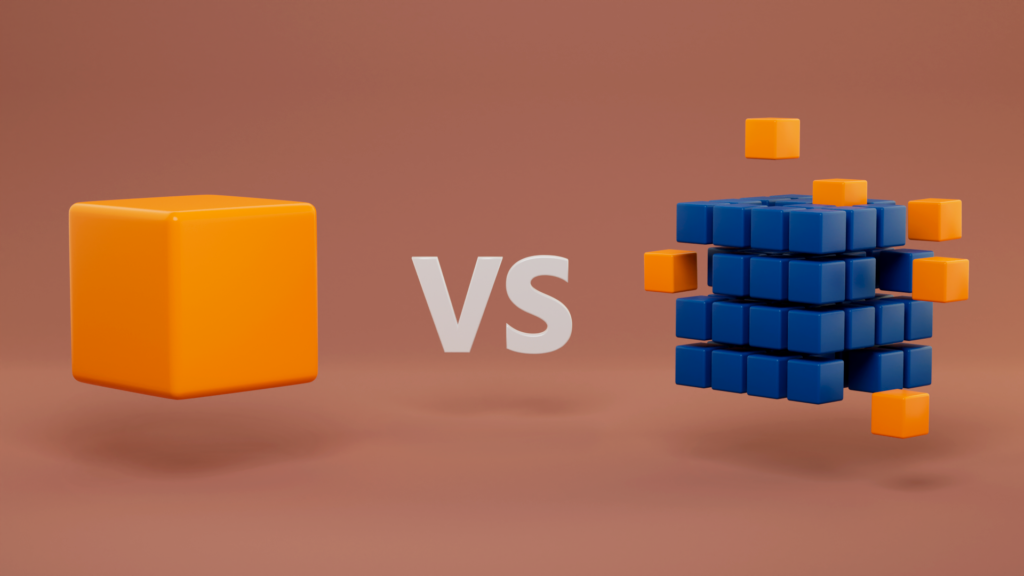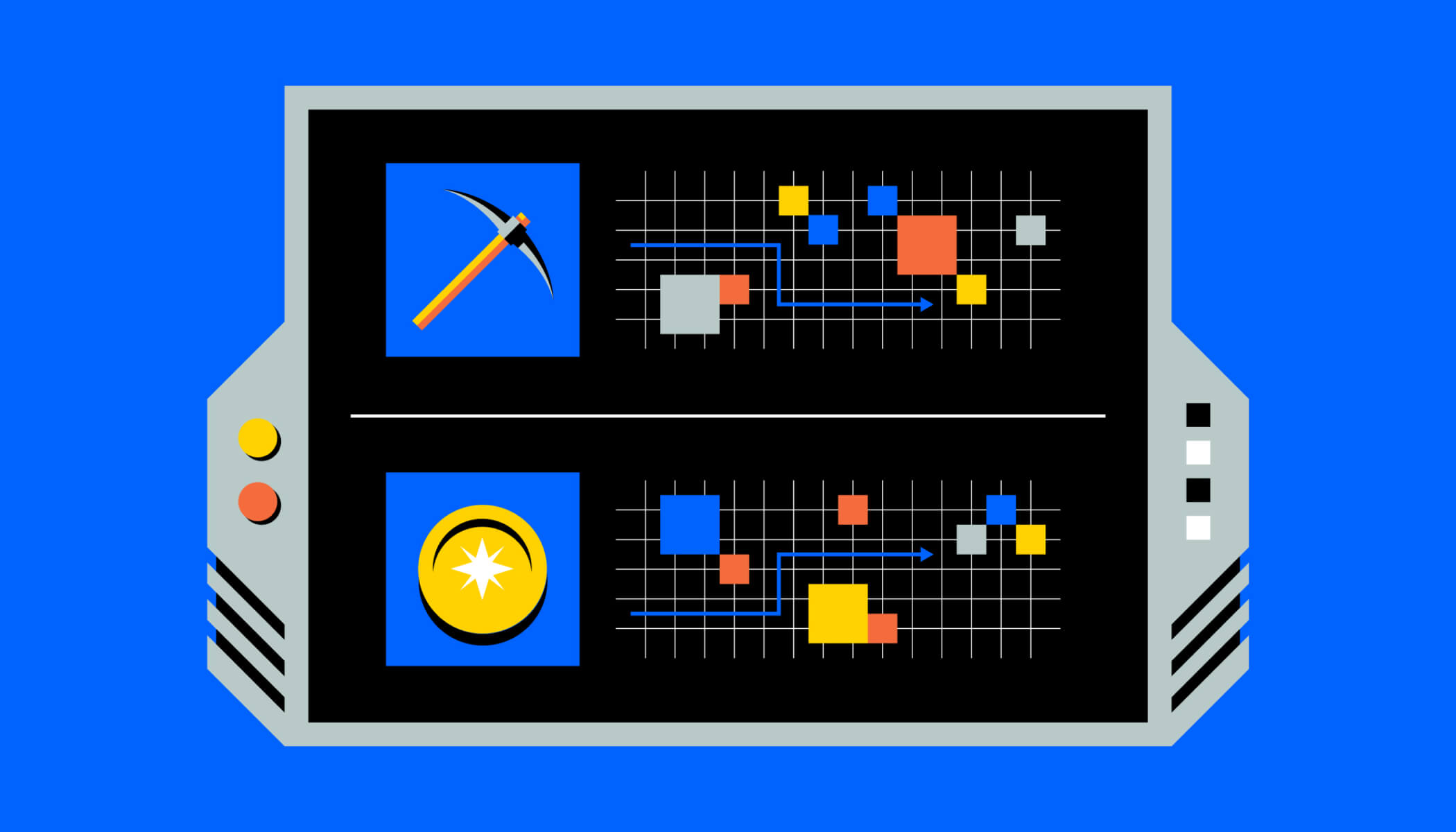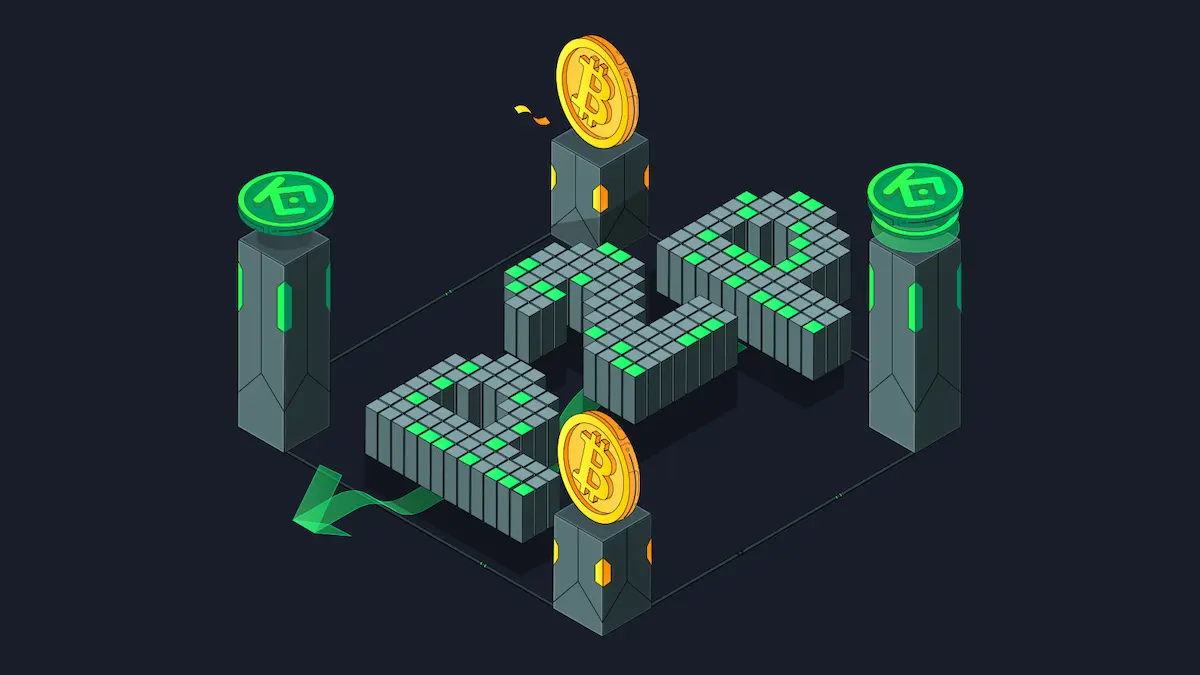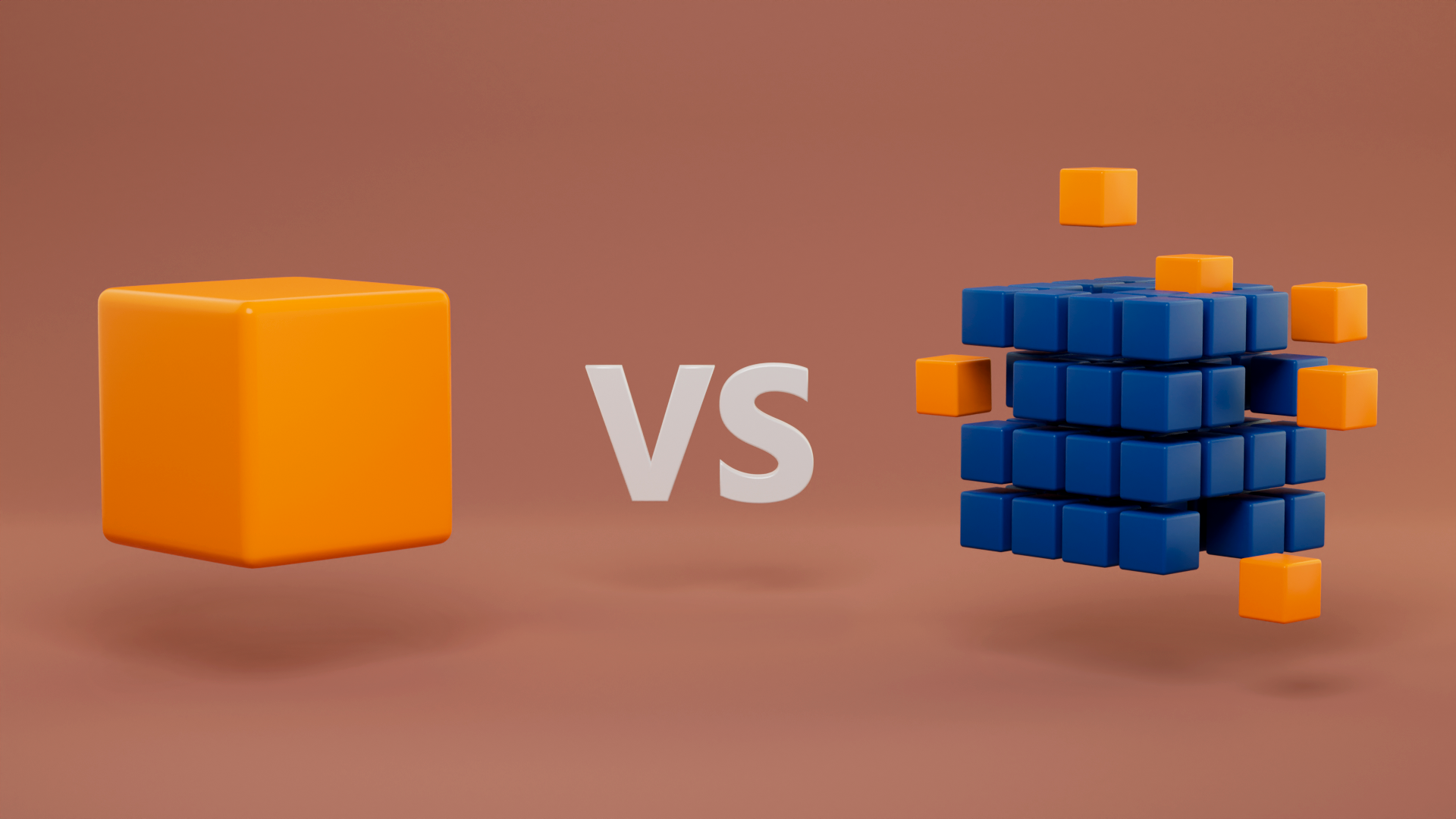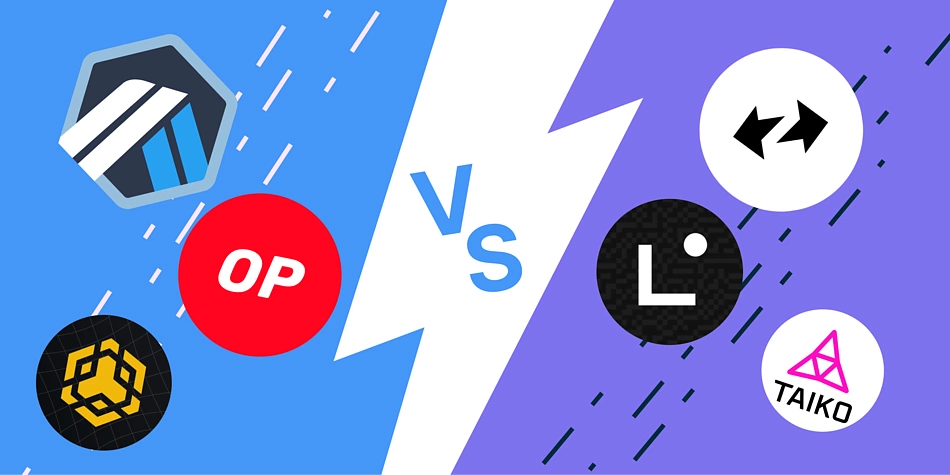Overview
Blockchain architecture has evolved significantly in the last few years. Initially, most networks followed a monolithic model, where consensus, execution, data availability, and settlement all occur on a single layer. However, with growing demands for scalability and specialization, the modular model has emerged as a compelling alternative—splitting core functions across different layers or chains.
-
Monolithic blockchains do everything in one place. Bitcoin and Ethereum (pre-rollups) are classic examples.
-
Modular blockchains separate tasks like execution, settlement, and data availability across multiple layers, allowing each to optimize for a specific purpose.
Examples of Each Model
Monolithic Chains:
-
Bitcoin: A fully self-contained chain optimized for security and decentralization.
-
Solana: Handles consensus, execution, and data availability on the same layer to achieve high throughput.
-
Ethereum (in its early design): Originally managed all layers within a single structure.
Modular Blockchains:
-
Celestia: Focuses solely on data availability and consensus, leaving execution to other layers.
-
Ethereum (post-rollup era): With rollups, Ethereum is transitioning to a modular model by handling settlement and leaving execution to Layer 2s.
-
Polygon Avail: Another data availability layer designed for modular chains.
Pros & Cons
Pros of Monolithic Chains:
- Simplicity in design and development.
- Easier for developers to build dApps without worrying about inter-layer communication.
- Lower latency due to unified execution and consensus.
Cons of Monolithic Chains:
- Scalability is limited because all tasks are handled by one chain.
- Trade-offs between decentralization, security, and scalability (the blockchain trilemma).
- Harder to upgrade or specialize any individual component.
Pros of Modular Blockchains:
- Greater scalability by decoupling execution and data availability.
- Flexibility to upgrade or improve specific layers without overhauling the entire system.
- Enables an ecosystem of interoperable layers, each optimized for a distinct function.
Cons of Modular Blockchains:
- Increased complexity for developers and users.
- Inter-layer communication can introduce latency or synchronization issues.
- Still an emerging paradigm with evolving standards and tooling.
Evolution of Both Models
2009–2015: Monolithic Era Begins
- Bitcoin launched as a fully monolithic chain.
- Ethereum introduced programmability but still followed a monolithic structure.
2016–2020: Scaling Limitations Surface
- Demand for dApps revealed the limits of monolithic scalability.
- Solutions like sharding and off-chain protocols were proposed but faced limitations.
2021–2023: Modular Architecture Emerges
- Ethereum rollups (Arbitrum, Optimism, zkSync) marked the shift toward modular execution.
- Celestia launched as the first dedicated modular blockchain for data availability.
2024–Present: Modular Momentum Builds
- Ethereum doubles down on modularity with EIP-4844 and Proto-Danksharding.
- New L2 ecosystems (e.g., Rollups-as-a-Service platforms) thrive in modular frameworks.
- Monolithic chains like Solana aim to maximize performance but still face decentralization trade-offs.
Market Sentiment
The modular thesis is gaining traction, especially within the Ethereum community. Investors and developers see it as a scalable, flexible, and future-proof design. Meanwhile, monolithic chains like Solana and Aptos continue to push high-performance models, emphasizing user experience. The debate is far from settled—but the trend toward modularity is becoming more pronounced as the ecosystem matures.
Conclusion
Both models offer unique advantages: monolithic chains prioritize speed and simplicity, while modular chains unlock scalability and flexibility. As Web3 infrastructure becomes more complex and user demands grow, modular blockchains appear to be the likely long-term winners, especially for large ecosystems like Ethereum. Still, monolithic chains have room to coexist, particularly in use cases that require high throughput and low latency.

